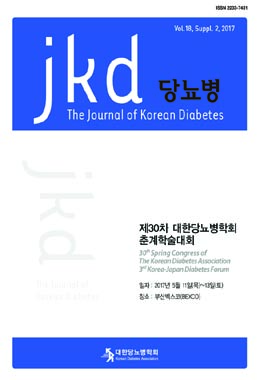Object: ADA/EASD 2015 guidelines recommend personalised glycaemic targets to balance the benefits and risks (e.g. hypoglycaemia) in individual patients. Nocturnal hypoglycaemia can be a frightening side-effect that may limit treatment adherence, consequently jeopardising glycaemic control. Assessing the likelihood of reaching glycaemic targets without nocturnal hypoglycaemia with different therapies may aid achievement of individualised targets.
Methods: The proportion of patients reaching FPG targets (< 5 mmol/L, < 6 mmol/L or < 7 mmol/L) without nocturnal hypoglycaemia (any severe or confirmed [blood glucose < 3.1 mmol/L] self-monitored event between 00:01 and 05:59, inclusive) during the maintenance period (last 12 weeks of treatment) was assessed using data pooled from three 26-week, treat-to-target phase 3a/b trials of IDegAsp (a novel co-formulation of 70% insulin degludec [IDeg] and 30% insulin aspart [IAsp]) twice daily (BID) vs. biphasic IAsp 30/70 (BIAsp 30) BID in the IDegAsp clinical development program (BOOST). Patients were insulin naive (BOOST START TWICE DAILY) or switched from basal or pre-mix insulin (BOOST INTENSIFY PREMIX I or INTENSIFY ALL).
Results: End-of-trial HbA1c did not differ between IDegAsp and BIAsp 30 in the three treat-to-target trials. Patients were significantly more likely to reach all FPG targets without nocturnal hypoglycaemia with IDegAsp vs. BIAsp 30: the odds ratio (OR) ranged from 2.92 to 2.98 for all three FPG targets (p < 0.0001 for all analyses)
Conclusion: Treatment with IDegAsp BID vs. BIAsp 30 BID resulted in a significantly greater number of patients achieving FPG targets without nocturnal hypoglycaemia (OR 2.92-2.98, p < 0.0001). IDegAsp BID may help achieve personalised treatment targets, e.g. reduced FPG without nocturnal hypoglycaemia, for a wide range of patients with T2D.


